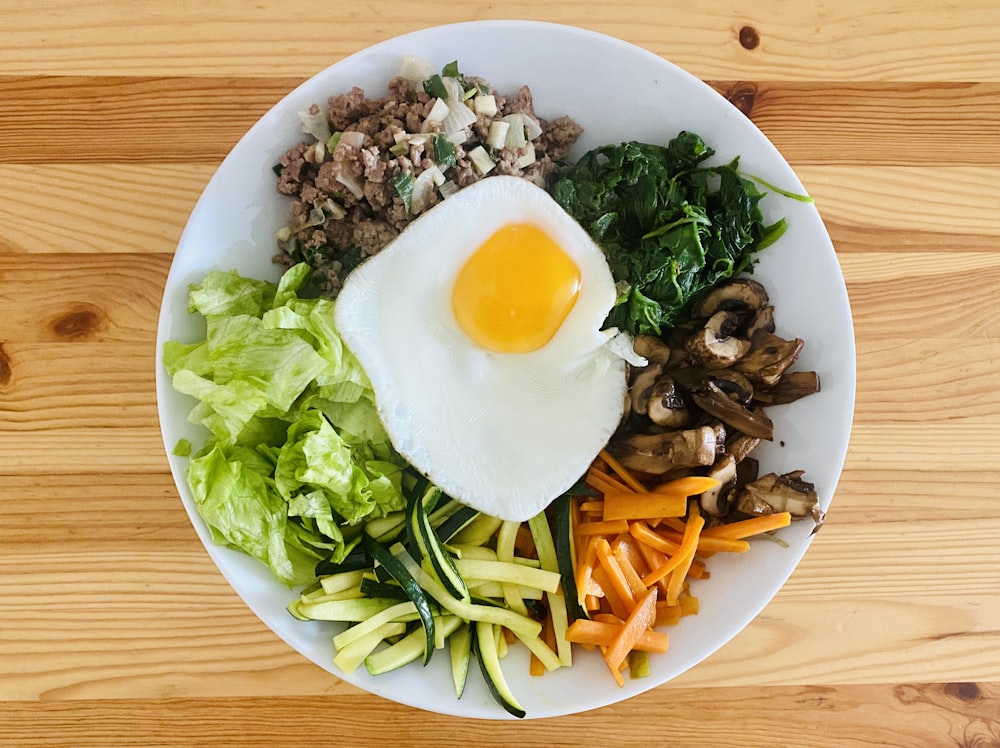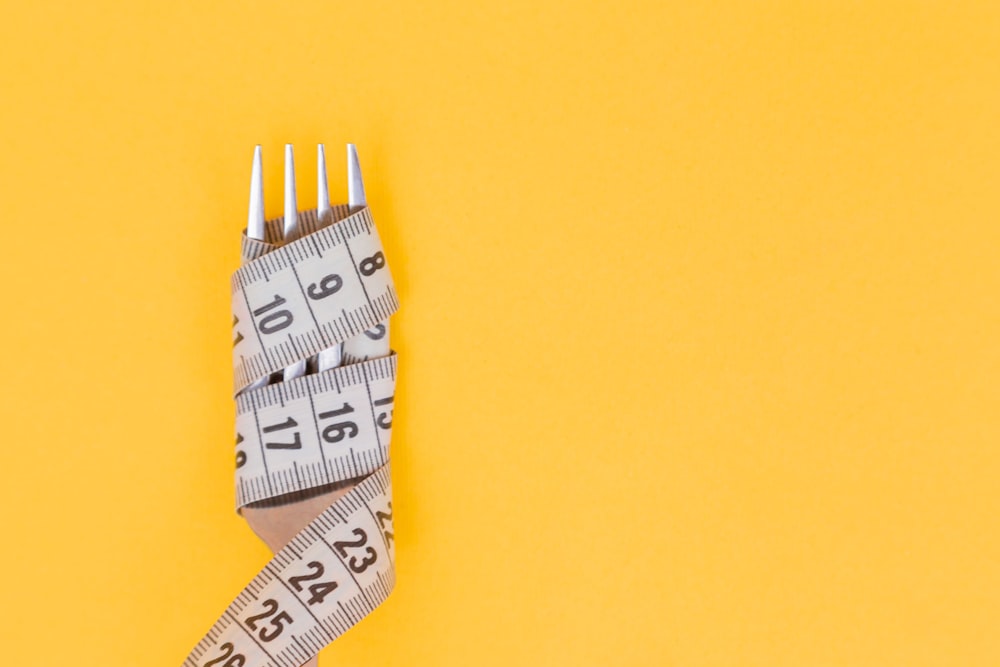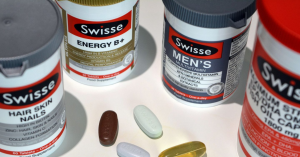Wellness
Does The Korean K-Pop Diet Actually Work? Let’s Talk About It
The South Korean diet has swiftly gained the attention of the rest of the globe as an effective, long-term weight...
By: Beauty Insider Journalist / December 28, 2021

The South Korean diet has swiftly gained the attention of the rest of the globe as an effective, long-term weight loss strategy. The Korean K-pop Diet is a whole-food-based diet popular among both Easterners and Westerners. It is heavily influenced by traditional Korean cuisine. With that, Beauty Insider is here to tell you all about the Korean K-pop Diet if you’re thinking to join a healthy and sustainable method to losing weight!
Fruit, soy, steamed vegetables, rice, seafood, and fermented foods like kimchi, a cabbage-based dish regarded to be a cornerstone of the Korean diet, are all prominent in traditional Korean cuisine.
The Korean K-Pop diet is also known for being low in sugar and fat, as well as being minimally processed. Another feature that distinguishes the Korean diet from more Western eating habits is the portion size. It’s not often that you’ll find such large portions offered at a Korean restaurant. This way of living has paid off; South Korea has lower obesity rates than nations like the United States.
Contents
So…What Is The Korean K-Pop Diet?

Traditional Korean cuisine has influenced the Korean K-Pop diet. It focuses on whole, minimally processed meals and avoids processed, fat-rich, or sugary foods as much as possible. The plan claims to help you lose weight and keep it off by altering your eating and activity habits while allowing you to eat your favourite foods.
It also promises to improve your skin’s clarity and long-term health. It’s marketed as a safe and efficient technique to reduce weight and appear like the stars of K-pop, a prominent South Korean music genre. In addition to a heavy emphasis on nutrition, the Korean K-Pop diet also places a great emphasis on activity, including particular K-Pop workouts.
The Basics Of Understanding The Korean K-Pop Diet

The Korean K-Pop diet is based on a diet that consists primarily of traditional Korean foods. It encourages you to eat whole, less processed foods while restricting your intake of highly processed items. It also advises against eating meals high in wheat, dairy, processed sugars, and saturated fat.
Meals often include a variety of vegetables, rice, and protein sources such as beef, fish, or shellfish. You should also expect to consume a lot of kimchi, a fermented cabbage dish that’s a Korean staple.
- Eat less fat: Korean cuisine steers clear of fried and high-fat foods. As a result, steaming will be necessary for the preparation of vegetables and even meats on this diet.
- Reduce processed foods: Forget about diet frozen meals; this plan is all about making and receiving meals and snacks from the comfort of your own home, not from a bag or box.
- Cut the sugar: sweetened beverages, candies, and sugary snacks are all part of the typical Korean diet. As a result, sugar abstinence is an important part of the diet. This might be the most difficult portion for many individuals.
- Increase vegetable and fruit intake: Vegetables and fruits are abundant, and the cuisine emphasises colour and diversity, which can aid in acquiring a wide range of nutrients.
- Fermented foods on a daily basis: fermented foods like kimchi, tempeh, miso, and pickled vegetables like cabbage have been shown to improve gut health.
- Increase the amount of chicken and fish you consume and reduce the amount of red meat you eat: While a Korean diet does include some red meat, focusing on chicken and fish as your animal proteins may help you to enhance your health even more.
- Soy-rich foods: entire soy sources like tofu and edamame can be added to meals.
- Exercise: Daily physical exercise is equally as vital as adhering to food guidelines.
Can It Really Help Lose Weight?

For various reasons, the Korean K-Pop Diet is believed to promote weight reduction. To begin with, traditional Korean dishes are naturally high in veggies, which are high in fibre. Fibre-rich diets can aid weight loss by lowering appetite and cravings while also increasing feelings of fullness.
This diet also restricts snacking, fatty meals, and items with added sugars, wheat, or dairy, lowering your overall calorie consumption. It also stimulates frequent activity, which may help you burn more calories. Finally, you’re advised to progressively lower your portion sizes until you discover the right amount of food to lose weight while still feeling full and pleased.
All of these elements can assist you in consuming fewer calories than you expend. Regardless of the meals consumed, such calorie deficits have regularly been demonstrated to aid weight loss.
What Else Can You Gain From The Korean K-Pop Diet?
Better skin
By restricting your dairy intake, the Korean Weight Loss plan is supposed to help you combat acne. This assertion might be backed up by proof. Dairy appears to boost the secretion of insulin and insulin-like growth factor (IGF-1), both of which may contribute to acne development.
Improved overall health
The Korean K-Pop Diet urges you to consume a lot of fruits and vegetables, which have been found to improve health and protect against chronic diseases including type 2 diabetes and heart disease. Furthermore, it contains a significant amount of kimchi, a traditional Korean side dish prepared from fermented cabbage or other vegetables. Kimchi has been shown to help decrease blood pressure, blood sugar, and total and LDL (bad) cholesterol levels in studies. Fermented foods, such as kimchi, improve gut health by increasing the number of helpful gut bacteria, or probiotics.
It teaches to create habits that are sustainable
The Korean K-Pop Diet places a significant focus on creating long-term, sustainable adjustments to your eating and activity habits. It emphasises nutrient-dense, minimally processed meals while limiting your intake of calorie-dense but nutrient-deficient junk food. It doesn’t have any particular dietary rules, and it doesn’t recommend weighing or measuring your meal quantities.
Rather, it pushes you to figure out what portion proportions are best for you. It also provides a wide range of Korean dishes, including vegetarian, vegan, and gluten-free alternatives, making this diet accessible to a wide range of people. All of these things add to the high nutritious content of this diet and boost your chances of sticking to it in the long run.

















